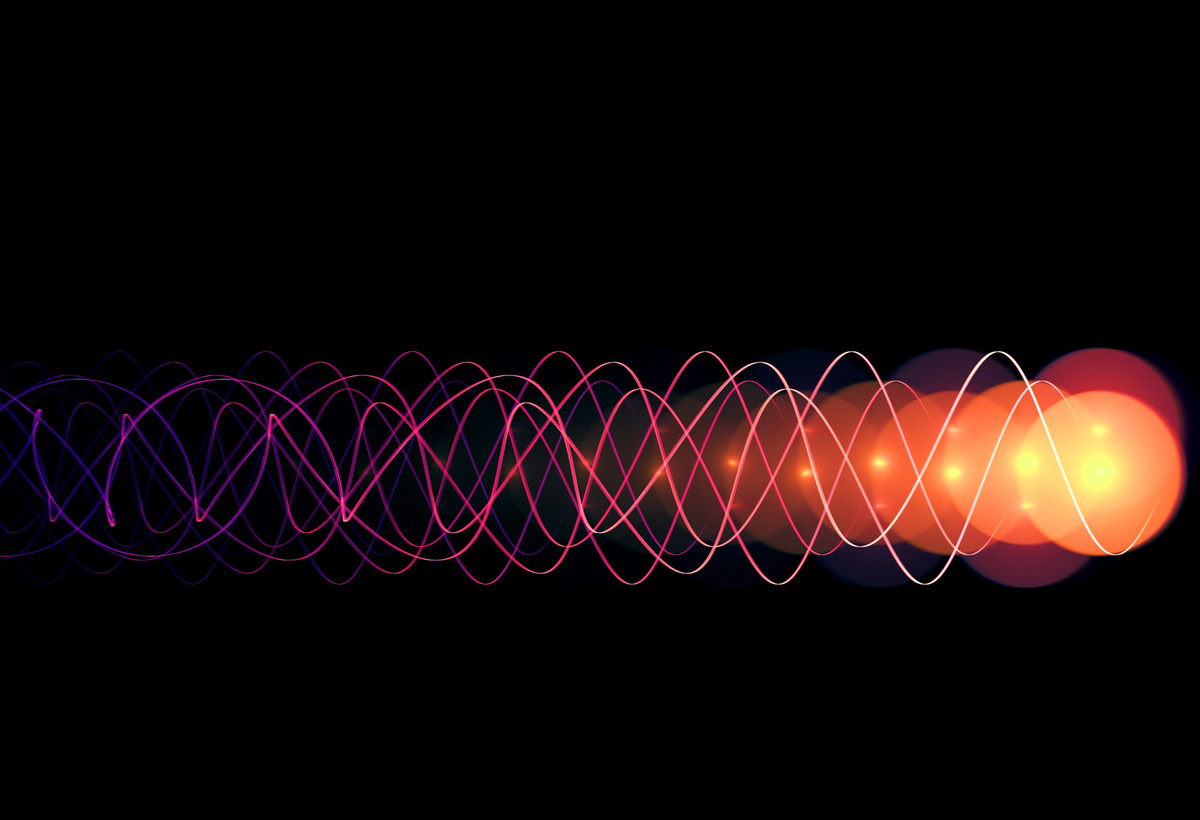Hybrid Active Matrix Flat Panel Imager
A hybrid x-ray detector that absorbs incident rays directly and indirectly, and the photoconductor can sense both x-rays and optical photons
X-ray detectors currently commercially available consist of direct and indirect detectors. Direct detectors take x-ray inputs and are directly converted to electron hole pairs and digitized through the readout electronics. Common photoconductors are amorphous selenium. Indirect detectors use a phosphor screen to later convert x-rays to optical photons, absorbed in a photodiode and digitized. Higher energy applications and current photoconductors do not have sufficient quantum efficiency.
This invention is a new hybrid detector where incident x-rays are absorbed via both direct interactions in the photoconductor and indirect interaction in the scintillator. This method enables the photoconductor to sense both x-rays and optical photons. The hybrid structure results in spatial resolution and dose efficiency improvement beyond current direct and indirect detectors.
 Source: Yurok Aleksandrovich, stock.adobe.com/uk/2003066, stock.adobe.com
Source: Yurok Aleksandrovich, stock.adobe.com/uk/2003066, stock.adobe.com
The newly proposed model as compared to current direct and indirect detectors available has better spatial resolution, improved dose efficiency and higher absorption efficiency combined with high spatial resolution resulting in better detective quantum.
Radiology
Patent application submitted Publication US-2019-0388042-A1
Available for License. Stony Brook University seeks to develop and commercialize by an exclusive or non-exclusive license agreement and/or sponsored research with a company active in the area.
Development partner - Commercial partner - Licensing
Additional Information:
Patent Information:
| App Type |
Country |
Serial No. |
Patent No. |
Patent Status |
File Date |
Issued Date |
Expire Date |
|